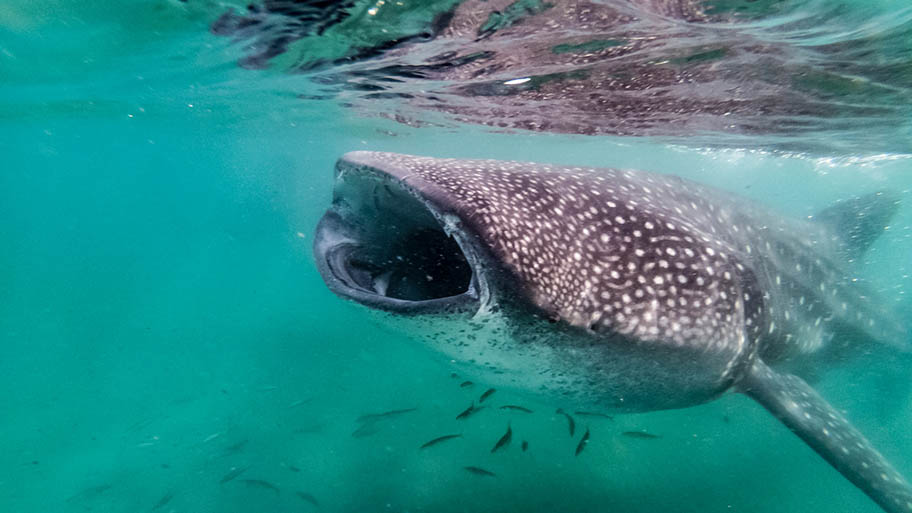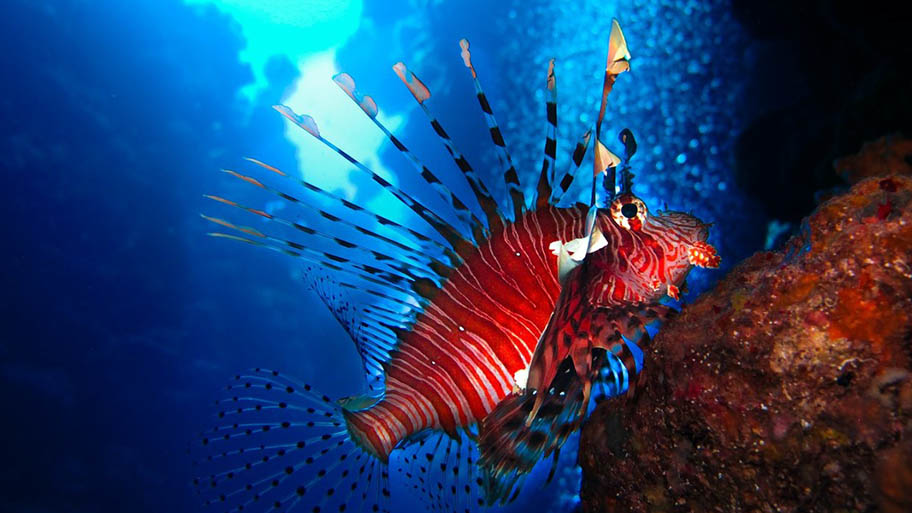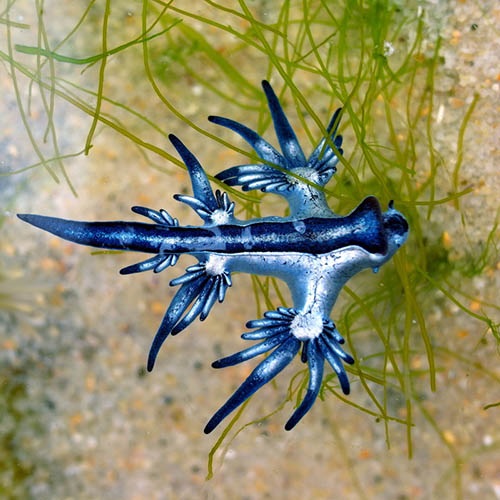Our July 2020 installment of Ask an Ocean Expert, where our MSC experts answer your questions about weird and wonderful marine life.
July 2020's questions and answers
Answered by MSC Science Communications Manager, Emma Ackerley, BSc (Hons), MSc.
Fish travel great distances in their life because of three things: food, shelter or mates. During these life journeys they’ve often got to endure various predators or ocean currents along the way (think of Nemo) - so they’ve got to be pretty hardy!
A great white shark named "Nicole" for example was recorded to swim 11,100km (6,900) miles from South Africa to Western Australia, and then back again - all within nine months. Elsewhere in the depths of the Amazon Basin River, the dorado catfish lives and grows up to 6 feet in length. Their epic life-cycle takes them on a 11,600 kilometre (7,200 miles) journey stretching the entire width of the South America continent.
In 2018 however, a whale shark named “Anne” topped these records. Reported to have traveled more than 19,300 kilometres (12,000 miles), she took a mammoth migration from near Panama to an area close to the Philippines. She’d even taken a deep dive to the Marinas Trench – the deepest point of the sea at 11,000 metres below sea level.
Scientists still don’t know exactly why whale sharks migrate but genetics suggest it might be to find a mate.
In contrast, the Greenland shark doesn't travel as far each year - between 300 and 1,600 km - but as they can live for over 200 years they can slowly rack up the miles. We know of at least one 400 year old Greenland shark, which would have given it enough time as a mature adult to swim the distance to the moon!

Answered by MSC Assurance and Quality Manager and amateur science fiction writer, Chantal Lyons BA (Hons), MSc.
Amazingly, humans have already lived underwater! The Aquarius Reef Base off Florida was built in the 1980s and is still inhabited today, although scientists usually only spend around 10 days at a time inside it.
These days, if we wanted to create something the size of a (small) city underwater, we probably could - but it would cost a lot of money! Whether we choose to try this in the future will depend on a lot of different things. Will there be enough room on land for everyone? What impact could climate change have on an underwater city? How would it affect our brains and our bodies over time? Will people want to live there? It would be a lot like living in space - one small problem could lead to a disaster. But, just as the astronauts on board the International Space Station get to wake up to a view of Earth and all the stars, wouldn't it be wonderful to wake up to the ocean's deep blue?

Answered by MSC Senior Fisheries Manager - Oceania & South east Asia, Bill Holden
Tuna is one of the world’s most eaten fish, from tinned to fresh tuna steak – it’s an enormous fish with the largest recorded weight being nearly as big as a truck at 670 kilos!There’s seven different species of commercially important tuna that vary in shape and colour. And although many stocks have suffered historic declines, most are at robust levels. The latest data shows that 84% of wild-caught tuna comes from healthy stocks, with most of them not experiencing overfishing.
So in short, no we absolutely don’t risk running out of them. What we need to do now is get more tuna fisheries around the world onboard with moving towards sustainable practices. Get them minimising bycatch, following good management and helping to protect future tuna populations for everyone.

Wolf fish live in the deep, cold waters of the North Atlantic ocean, where they hide in rocky crevices to ambush their prey. Their strong jaws and large canine teeth are perfect for crushing shellfish, such as crab and lobster, and sea-urchins.
Interestingly, the male wolffish is involved in guarding the eggs – as shown here
Answered by MSC Fisheries Standard Director, Ernesto Jardim PhD.
While fish don't talk as such, they use their bodies to communicate. From producing sound, light, colour and even electricity, fish can use their bodies in lots of different ways to remain visible to others in dark waters, attract mates and warn off hungry predators!
The photo below shows a red lionfish, which uses it’s brightly coloured stripes to warn off predators, like the stripes on a bee or wasp.
Read more information on how fish communicate.


Ask an Ocean Expert: Q&A
Ask an Ocean Expert is an ongoing series where MSC staff answer your questions about marine life. The weirder the better.
/msc-ambassador-chef-charlotte-langley---head-shot-close.tmb-medium500.jpg?Culture=en&sfvrsn=6a10f81e_1)
Meet our Ocean Ambassadors
From award-winning chefs to adventurers to photographers...Meet these advocates of healthy, sustainable seas.

Ocean lives
The best way to understand the impact of the MSC program is through those involved. Read about the passionate people taking care of our oceans.
